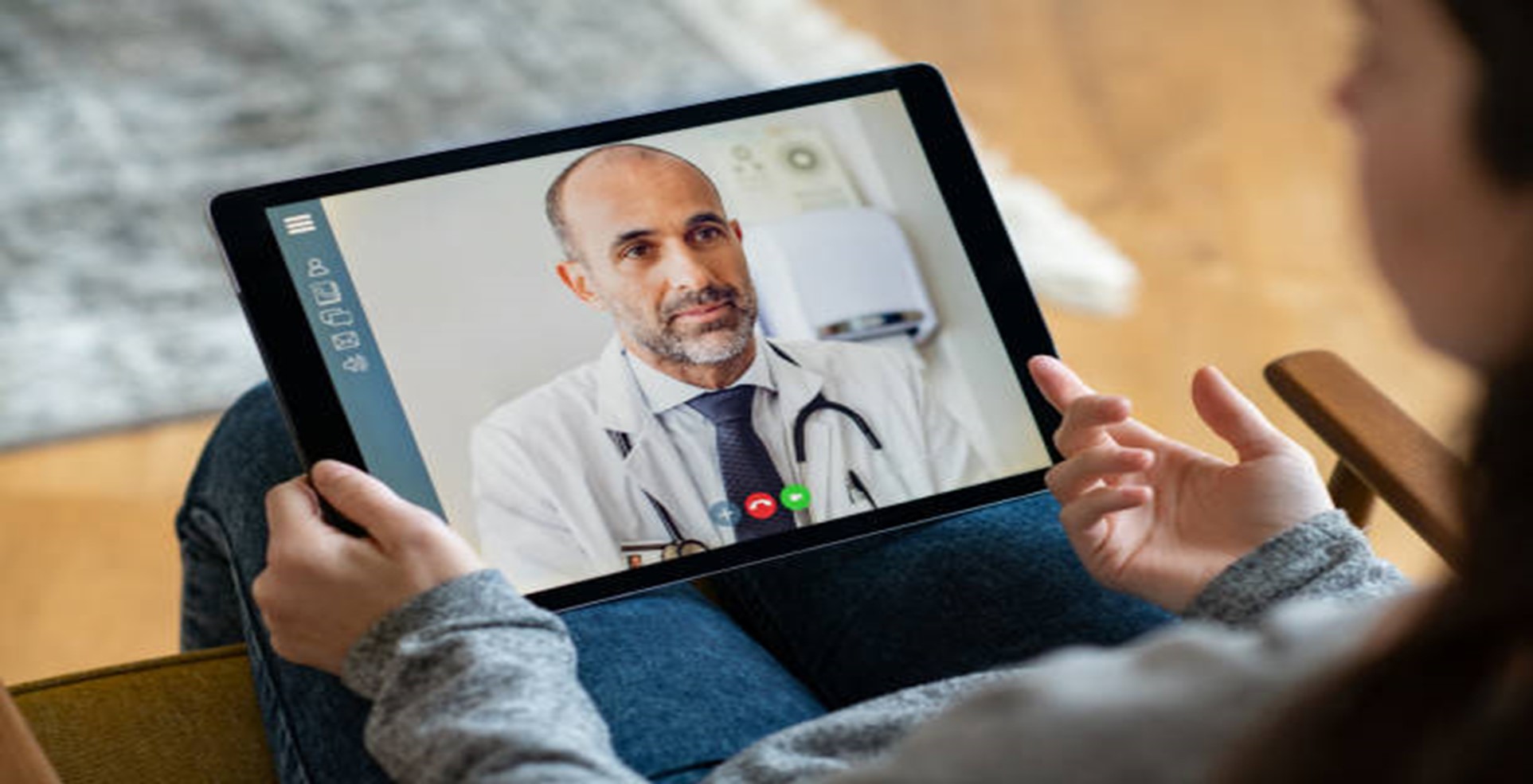Telemedicine's Evolution Beyond Covid

Besides keeping us online longer, Covid has stimulated a broader acceptance of innovations, including telemedicine and telehealth apps. It is high time this has happened, given that telemedicine was being introduced in Omaha, Nebraska in the late 1960s. Now health-related devices are expected to be in use by 300 million or more of us by the end of this year. Yes, Amazon, Google, Facebook, Microsoft and Apple (though not yet Netflix, it appears) are working on a wide range of health apps and systems. And virtual doctor's visits are proliferating across the planet.
Are telehealth users healthier? It's too early to tell, though they can learn sooner if their health is threatened, even with the false positives or negatives, as they adopt apps that can spot ailments from Parkinson's to heart disease. Meanwhile, doctors, nurses and patients are pursuing virtual care via Zoom and other groupware at an exponentially growing rate. All that said, the acceptance of virtual medicine has varied considerably by type of care, user segment, and country. Depending on the context, it can be driven by pain points, price, convenience and other factors.
According to one survey, televisits have been used more in dealing with hormonal, stomach and infectious diseases than with heart-, brain-, and skin-related ones. Why not skin-related issues, arguably medicine's most visual realm? Because some skin lesions involve texture or other features missed by telediagnosis, even when high-quality fiber- or 5G-based links are used (possibly VR could change this). As for the proliferating telehealth devices and apps on our wrists, rarely are they connected to our doctors or to the silo-based data systems and testing facilities of hospitals. In short, don't expect an MRI or X-ray via your wrist or smartphone anytime soon, even as ECG apps are starting to appear.
Yes, patients are still brought to hospitals not only for surgery but for complex tests and for post-operative monitoring, with multi-day stays often depriving them of sleep given the endless vital sign checks and blood draws. "Smart bandages" connected to the medical cloud, combined with bedside video monitoring at home, have not yet replaced these facility-based practices. Still, as doctors and patients become younger and more digitally proficient and as broadband becomes truly universal, virtualized patient care, testing and monitoring may come to prevail.
On the other hand, post Covid, the "system" could still decide not to support telemedicine? In the United States, for example, the provision of telehealth therapy across state boundaries was prohibited prior to Covid. This could be re-imposed once the pandemic recedes. It is such legal restrictions, combined with the health and insurance industries' resistance to telemedicine, that have led to its slow adoption since the Nebraska case referred to above. There are also data security and privacy aspects to contend with—and in some countries, data sovereignty has been invoked to prevent patient information from being stored outside their borders.
As for the developing world, where the doctor per capita ratio can be 1/50th of developed economies' and over 3 billion remain unconnected to the internet, telemedicine's promise is enormous. But funding shortages, limited access to reliable electricity and connectivity, and caregivers in the main hospitals who do not speak the languages of the tele-patients at the remote locations all contrive to limit its potential. Overall, don't expect remote robot-enabled surgeries on demand in all parts of the globe any time soon. Still, step-by-step progress is occurring using traditional mobile phones as ways increase access to doctors, while the institutional, funding, legal and connectivity challenges are overcome step by step. View Printer Friendly Version
View Printer Friendly Version